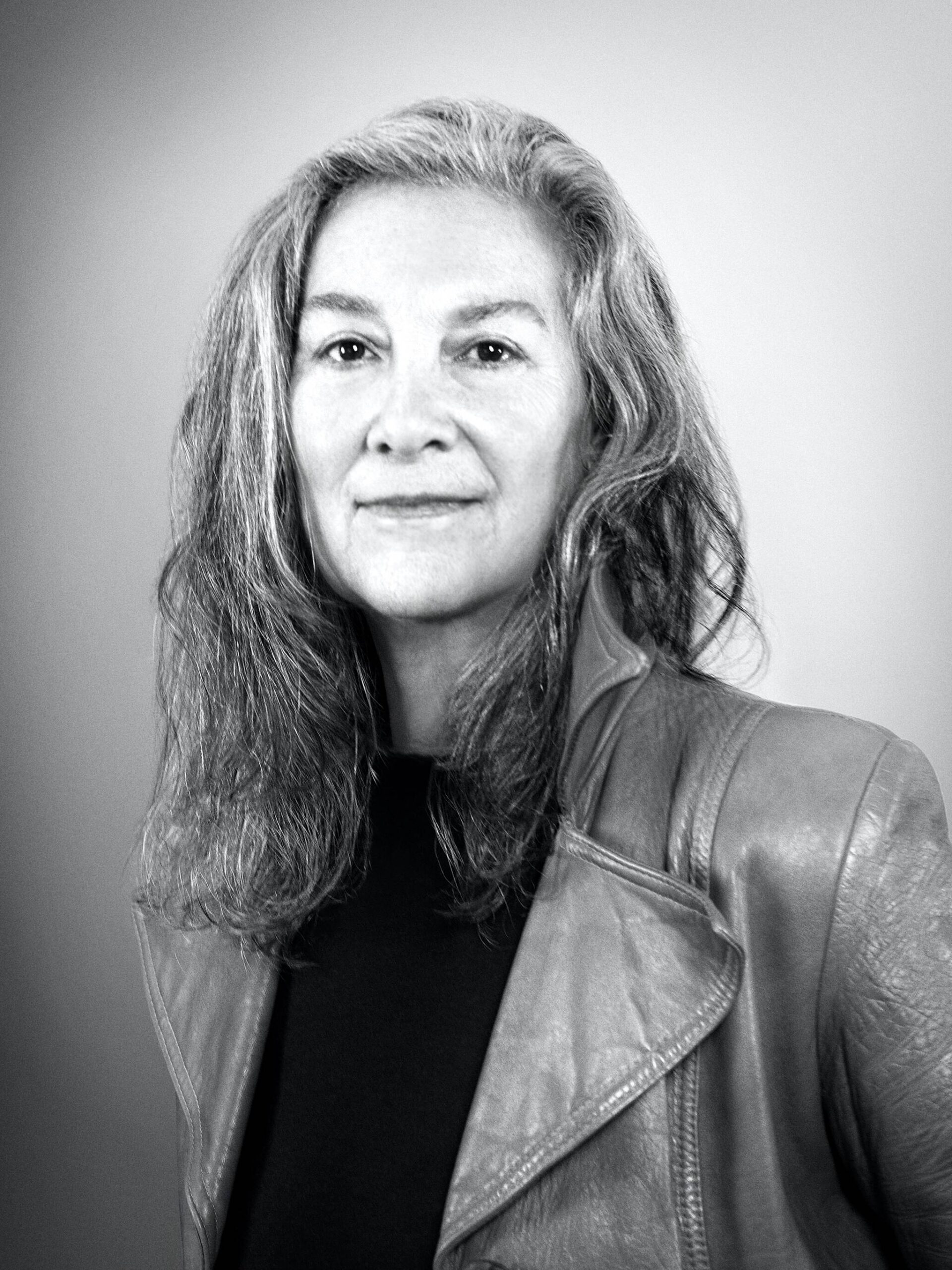When filmmaker Bobbi Jo Hart stumbled upon an all-woman 1970s rock band and decided to make a documentary, everyone told her, “Linda has all the photos.”
The film “Fanny: The Right to Rock,” screened during the Bainbridge Island Film Festival, chronicles the rise, success, breakup and revival of the first all-woman band signed by a major record label.
“Linda,” the photographer who photographed Fanny from 1969-72, is Linda Wolf of Bainbridge Island. More than 80 of her photos appear in the film about the pioneering Filipino-American musicians who broke racial barriers.
Fanny was co-founded by self-taught musicians and sisters, guitarist June and bassist Jean Millington, after they immigrated from the Philippines to Sacramento, CA, in 1961. First playing as The Svelts and then Wild Honey, the band eventually signed with Warner Bros. Reprise Records by producer Richard Perry, who discovered them when they played at the Troubadour in Los Angeles in 1969.
Wolf was Perry’s secretary and remembers the day she met the band. “When they came down the hallway at Reprise Records, I saw them. They had long dark hair, jeans and T-shirts. And they just strutted across,” Wolf said. “I was just shocked. I thought, Whoa! Who is this?”
During that meeting, the group decided that Wolf should be part of the band, and June Millington suggested she be its photographer. Wolf lived with the band at Fanny Hill for a year and a half and captured the day-to-day life as Fanny jammed with legends like Bonnie Raitt, Bob Dylan, Mick Jagger and Joe Cocker in the house they shared on Marmont Lane in Hollywood.
Meeting Fanny launched Wolf’s career and led her to join the Joe Cocker: Mad Dogs & Englishmen tour.
“Leon Russell put together a band of 45 people that included three kids, a dog and a five-person film crew. We took off on a private plane across the United States for two months to do the tour. It was a circus.” Wolf received a credit as tour photographer on the documentary of the tour in 1971.
Wolf’s parents didn’t like her being part of the music scene, so “they took me on a trip to Europe and left me there,” she said, adding she ended up staying for five years. “I was truly happy to be there. It was the next step of what my soul was looking for, which was a deeper dive into the world of art.”
She studied at the American Institute in Aix-en-Provence and l’Ecole Experimental Photography. When she showed her work at the International Photography Festival in Arles, “My life shifted dramatically from the music scene into the deep world of art in Provence.”
She photographed villages in the Vaucluse Mountains and fell in love with the people and their stories. “Not only was I learning from incredible photographers, painters, sculptors and artists, but I was learning from the farmers, growers, gleaners, and a whole wealth of old people in the village.” Many of those images have been shown in museums and published in magazines.
While in the UK, Fanny broke barriers and proved that women could play rock music. Two were lesbians who fought for the right to rock. Their spirit drove them to defy racism and chauvinism as they spoke out about those prejudices through their lyrics. They focused on guitar riffs in their music. They toured America, appeared on talk shows, played at Carnegie Hall, and shared stages with standout bands like Deep Purple and Jethro Tull.
In the UK, the band was called the “First Ladies of Rock n’ Roll,” and superstar David Bowie loved them. When they recorded at Apple Studios, Geoff Emerick, the engineer for the Beatles, worked on their album.
By 1975, they had made five critically acclaimed albums and had two hits in the Billboard Top 40. But, after management made changes to the band, they felt trapped. The band drifted apart when their single, Butter Boy, reached No. 29 in 1975. The harsh life on the road was too much. Though she stayed in touch with her friends through postcards, Wolf felt lost when she returned to the United States, “The world had changed so dramatically.”
In the early 1980s, Wolf created public art murals of ordinary people sitting on bus benches for display on buses in Los Angeles, San Diego and Oakland, CA, along with Arles, France. In 1984, Wolf developed the LA Welcomes the World project for Eastman Kodak, which featured a series of large-scale multicultural portraits of people displayed on billboards throughout LA during the Summer Olympics.
In the mid-80s, Wolf and her husband moved to BI and raised two daughters. She began writing books, co-founded the Teen Talking Circles, and continues to contribute to film and book projects.
After 50 years, the band Bowie once described as “One of the most important bands in American rock,” has been rediscovered through the documentary and Wolf’s photos. The Millingtons, along with Brie Howard-Darling, have even released a new album, Fanny Walked the Earth, and are doing occasional performances.
“They were extraordinary: They wrote everything… They were just colossal and wonderful, and nobody’s ever mentioned them,” Bowie said in Rolling Stone Magazine in 1999. “They’re as important as anybody else who’s ever been, ever; it just wasn’t their time. Revivify Fanny. And I will feel that my work is done.”



